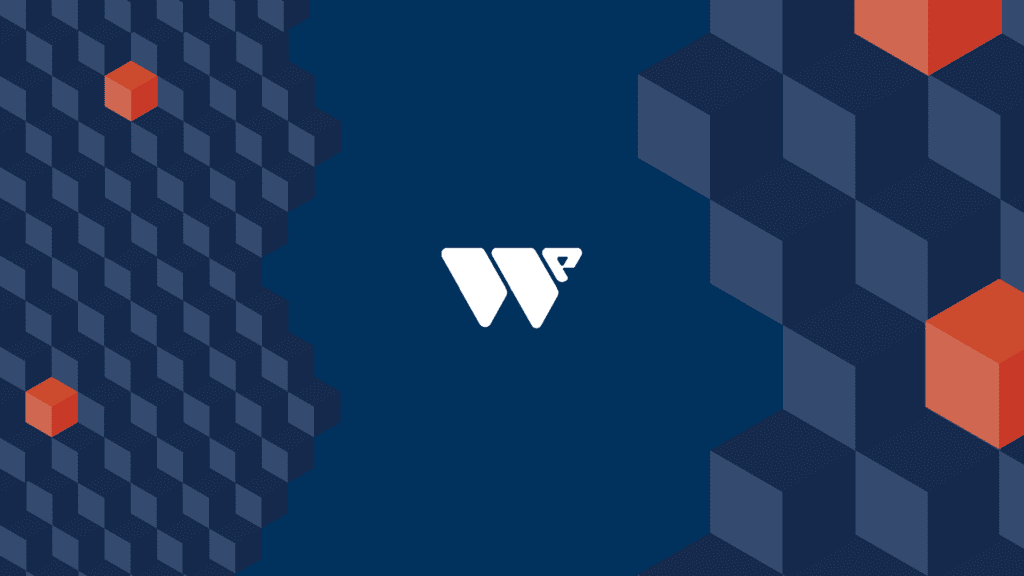So, what are blockchain and cryptocurrencies? I’ll try to keep this take as tight as possible. Blockchain is basically a trusted third party but instead of having one entity to place trust in, the trust is placed on a majority agreement of everyone that wants to run a node. All the nodes are connected as a network and make agreement about the current state of recorded data every ten minutes on some blockchains and every few seconds on others. Every state is recorded on all nodes and paired with a hash of previously recorded state with some additional information. Result of this is called a block and since all of them are tied to their previous blocks it gets a name “blockchain”. Once data is put into a blockchain it can not be removed or changed afterwards.
Common use for blockchain is to keep a record of which addresses own how much of the blockchains native asset. These native assets are usually called coins and are used to pay network usage fees on the blockchain and to incentivise keeping the network honest. Anyone can include any information in the blocks. To prevent the storage size from getting too large the space in a block is limited. This is also why there usually are usage fees to prioritize important inputs. Another common use case for blockchains is to create new assets and keep a record of those. These are usually called tokens and most have a functionality related to the project that created the token. The type of a token can be fungible or non-fungible. These coins and fungible tokens in total are called cryptocurrencies.
Outside of cryptocurrencies many blockchains offer smart contract functionality. These are lines of code that can be written into the blockchain and can be interacted with by anyone. This opens the technology to any use case that requires a commonly trusted third party and can deal with the limited storage and some latency. Recently a lot of use has been related to financial services. For example, there have been created so called decentralized exchanges that can be used by anyone to trade between different cryptocurrencies. Also, there are collateralized lending protocols created that make it possible to get loans against cryptocurrencies. Other common use cases have been found in supply chain-, document validation-, insurance-, and identity solutions.
In case you want to go more in depth. Here are some great guides for different types of people to get understanding on what are blockchain and cryptocurrencies:
- Identity management point of view (Tykn tech)
- Comprehensive general point of view (blockgeeks)
- Great introduction to cryptocurrencies in finnish (Bitcoin keskus)
- A short audiovisual explanation (Youtube, Simply Explained)
- Slang and crypto-dictionary (Blockspot)
Related blogs
-

Introduction to blockchain and cryptocurrencies
So, what are blockchain and cryptocurrencies? I’ll try to keep this take as tight as possible. Blockchain is basically a trusted third party but instead of having one entity to place trust in, the trust is placed on a majority agreement of everyone that wants to run…



